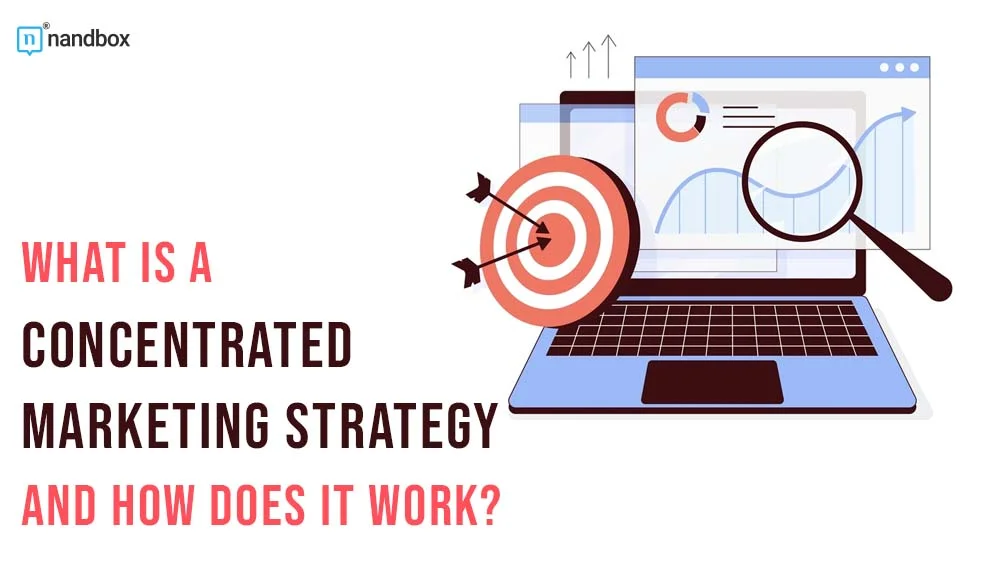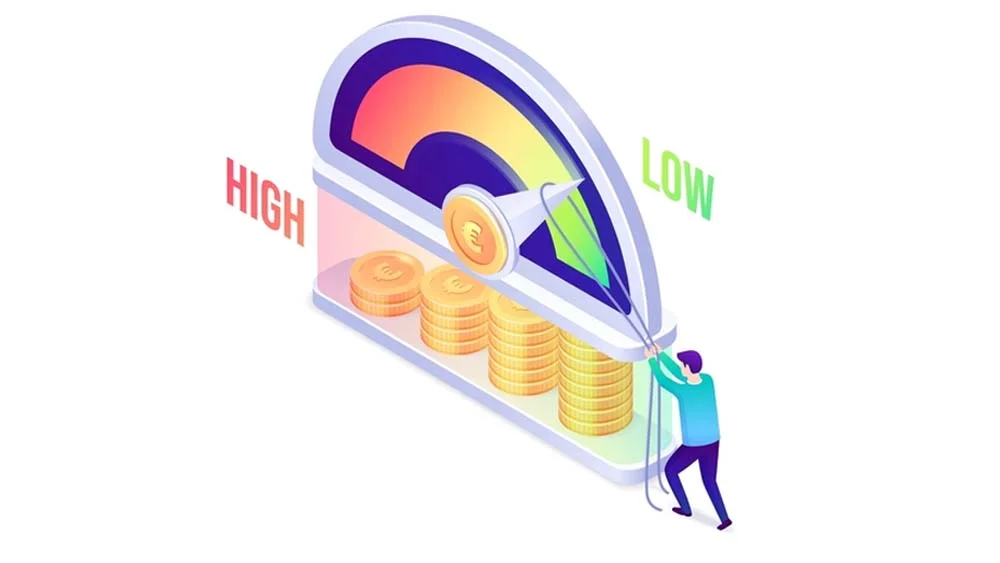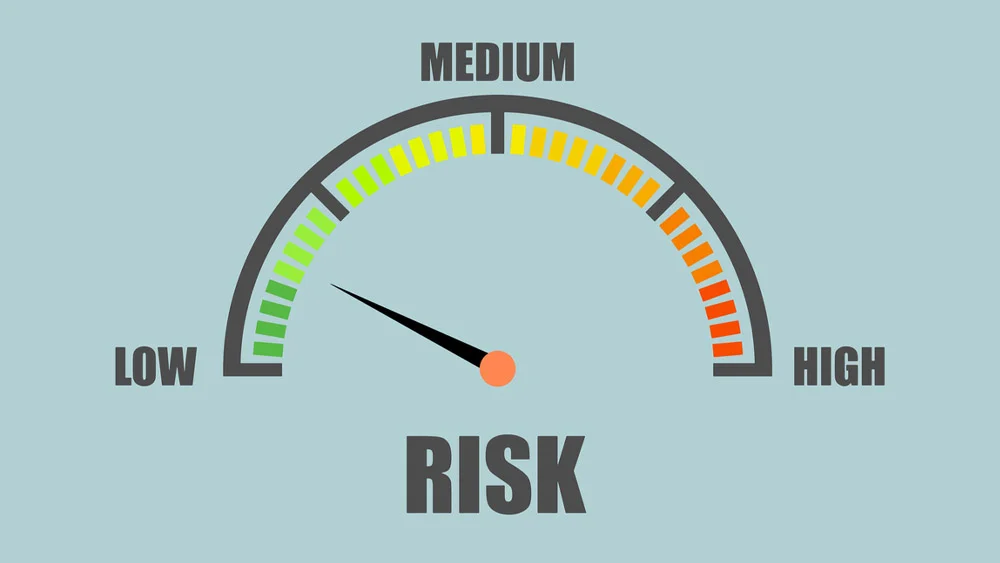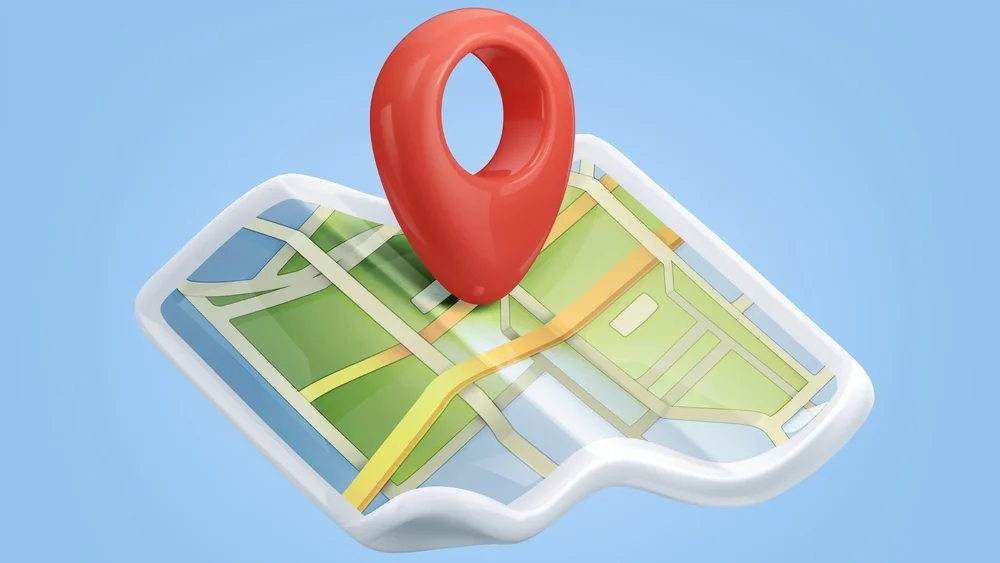Every day, app developers experiment with novel approaches in search of the ones that will push their apps to the top of the app stores. Among these methods, concentrated marketing stands out as particularly useful because of the many people it may help you connect with. With this article, you’ll learn all there is to know about the concentrated marketing strategy, from what it is to the many ways in which it may help your mobile app succeed. Find out how this tactical shift might boost your app’s discoverability, user acquisition, and overall performance in the fiercely competitive digital arena. Learn the ins and outs of this strategy for maximizing its benefits and giving your app a fighting chance in the modern, ruthless app market.
What is Concentrated Marketing?
Many industries and businesses usually have very specific specializations or product lines. For instance, you can find a business that only specializes in offering feline pet services. In this case, their target audience will be limited to people who only have cats. And for this very specific target audience, they will possibly implement a concentrated marketing strategy. Concentrated marketing is a strategy where a business tends to promote and market its product and service to only a specific segment of customers and users. This is why concentrated marketing is also called niche marketing because the business will tailor all the marketing efforts to a niche.
With a concentrated marketing strategy, a business can serve all segments. However, they will have an eye for specific segments that are suitable for the products and services they offer. In this case, most of the focus and marketing efforts will be directed to these segments, which are more likely to respond and yield exceptional results.
Advantages of Concentrated Marketing
Specialization
By focusing on a certain demographic, businesses can hone their offerings and establish themselves as industry leaders. Gaining expertise in a certain area usually results in a deeper comprehension of the wants, needs, and habits of the intended audience.
Cost-Efficiency
Marketing expenses can be cut by focusing on a certain subset of the market. Concentrated marketing allows for a more targeted and efficient use of financial resources rather than spreading them out across different segments. Techniques like Marketing Mix Modeling can further enhance this efficiency by analyzing which channels and tactics drive the most impact within the chosen niche. Saving money on marketing, product development, and advertising is the result of this.
Effective Communication
Concentrated marketing opens the door for more customized and individualized interactions with the intended audience. To maximize the effectiveness of their marketing efforts, marketers should target specific segments by creating messaging and campaigns that align more closely with their interests.
Strong Customer Loyalty
Building strong ties with clients is facilitated by concentrating on a certain market sector. Apps have the ability to cultivate a high level of loyalty and satisfaction with users by effectively catering to the requirements of this specific market segment.
Flexibility and Adaptability
When dealing with shifting customer tastes or market conditions, it’s usually best to work in smaller segments. This adaptability allows for quicker responses to changing consumer preferences and industry developments.
Reduced Risk
Many apps find that concentrated marketing helps them lower their risk. Market shifts that affect a larger audience are less likely to have an effect when the focus is on a smaller subset of the population.
Drawbacks of Concentrated Marketing
Concentrated marketing, while having several advantages, also comes with its own set of drawbacks.
Dependency on a Single Segment
If a company depends entirely on one market segment, it will be quite vulnerable to fluctuations in that area’s performance. An app’s prospects are highly sensitive to changes in the segment, whether due to adjustments in customer tastes or unanticipated economic events.
Limited Growth Potential
The company’s growth potential may be limited, even though it may monopolize a niche market. The company may find it difficult to grow both its earnings and its market share due to this restriction, which could limit its potential for expansion beyond the current category.
Market Dynamics
The specialty segment may become less viable or even outdated if the market dynamics alter. One example is when an app becomes obsolete due to technological improvements or disruptive inventions.
Competitive Threats
An app’s well-established position in a specialized market is at risk when it becomes successful there since it attracts competitors that want to intrude on the market. It can be difficult to compete with bigger or more savvy apps when you have fewer resources.
Concentrated Marketing vs Differentiated Marketing vs Undifferentiated Marketing
In addition to concentrated marketing, many businesses also frequently use two other equally significant marketing strategies. These are differentiated and undifferentiated marketing
Let us start with differentiated marketing. Differentiated marketing is the process of marketing products and services to more than one segment of the audience. Businesses with multiple product lines or goods that appeal to a wide audience are typically those that follow this type.
Differentiate marketing differs from concentrated marketing to a not-so-major extent. This is because, at the same time that differentiated marketing directs all the focus to two or more segments, concentrated marketing targets a niche or only one segment.
Moving to undifferentiated marketing. Well, the name already implies the meaning. Undifferentiated marketing is a marketing strategy that involves promoting products and services to all segments, no matter what, without differentiating based on any characteristic. The main purpose of this strategy is to appeal to as many users and segments as possible and gain an exceptional user base.
When it comes to undifferentiated marketing, concentrated marketing differs significantly. Undifferentiated marketing has a more broad scope. It includes all segments and doesn’t have a specific one. And this makes this approach more vast and comprehensive than concentrated marketing.
Does Concentrated Marketing Work for Apps?
Now let us answer a majorly important question: can we apply concentrated marketing to an app? and use it for promoting any kind of app? The answer is absolutely. Apps are considered a type of digital product. Remember that not only individuals develop apps, but many businesses use apps to promote their products and services. Many apps have very specific purposes. For instance, not all people would be interested in using a women’s safety app, but women. In this case, concentrated marketing strategies will be an invaluable tool for promoting the application of this niche. With the rise of applications, many categories are created, and some serve very specific segments of the audience, which confirms that concentrated marketing is more than useful for applications.
Exploring Different Concentrated Marketing Strategies
Some people think that since concentrated marketing is very specific, they would lack different types of approaches. However, concentrated marketing has more than one type of approach that businesses and applications can use. So, let us explore them together!
1. Geographical Concentration
The first approach to concentrated marketing is geographical concentration. Geographical concentration is an approach where businesses start targeting a segment of users based on their geographic presence. This includes people who live in the same county, state, region, and so on. This approach is especially useful for apps like local delivery apps that target people in nearby areas only.
2. Behavioral Concentration
The second approach is behavioral concentration. In this approach, businesses start to target a specific segment based on their behavioral characteristics. The behavioral characteristics include the specific needs and demands of such segments, their degree of loyalty, their interests, and so on. This approach helps segments that have very specific and sophisticated needs that they scarcely find in any application or solution.
3. Demographic Concentration
Lastly, there is demographic concentration. Demographics are one of the most important characteristics used in segmentation and other marketing approaches, so it is no surprise that it is present as a common concentrated marketing approach. Demographics include things like age, income, level of education, gender, and so on. Nearly all applications and businesses use the demographic concentration approach. For example, women’s health apps always target a specific segment of women of either a certain age or all ages. This is a concentration based on gender.
Developing a Concentrated Marketing Strategy for Your App: Step-by-Step
1. Define Your Target Segment
The first step is very logical, which is to define your target segment. For any marketing approach, this step would be to define your target audience, which would be more comprehensive. But since we are talking about concentrated marketing, this would be more specific. For this step, you would need to find the segment that would appeal to your application or business. This will help you put your focus in the right direction later on in the process.
2. Conduct a Competitive Analysis
The second step is conducting a competitive analysis. This step is very important, especially for businesses and applications operating in niche marketing. This is because the products and services offered in this case can be very similar. By conducting a competitive analysis, you will be able to pinpoint weaknesses that you could take advantage of and identify gaps that your business can fill.
3. Create a Unique Selling Point (USP)
As we mentioned in the last step, a competitive analysis would help you find gaps that other competitors disregarded. This would be your cache to find a unique selling point that you could offer and excel at. By doing so, you would attract a large number of your target segment, as your business and application would solve problems or issues that no one had tackled before.
4. Choose Your Approach and Create a Marketing Plan
Now that you know your competitors and have found your unique selling point, you can start by conducting your marketing plan. All the previous steps would make it easier and more seamless for you to conduct a well-established marketing plan and find the best concentrated marketing strategy and approach for it, whether it is geographical concentration, behavioral concentration, or demographic concentration.
5. Evaluate the Results
Lastly, after conducting and applying your marketing plan, all you have to do is wait. Applying a marketing plan is not the last step; you have to keep a close eye on the results and measure the success. In concentrated marketing strategies, success is measured using various metrics, such as user engagement and retention rates. This will help you assess the results of your marketing effort and fix any problems instantly.






